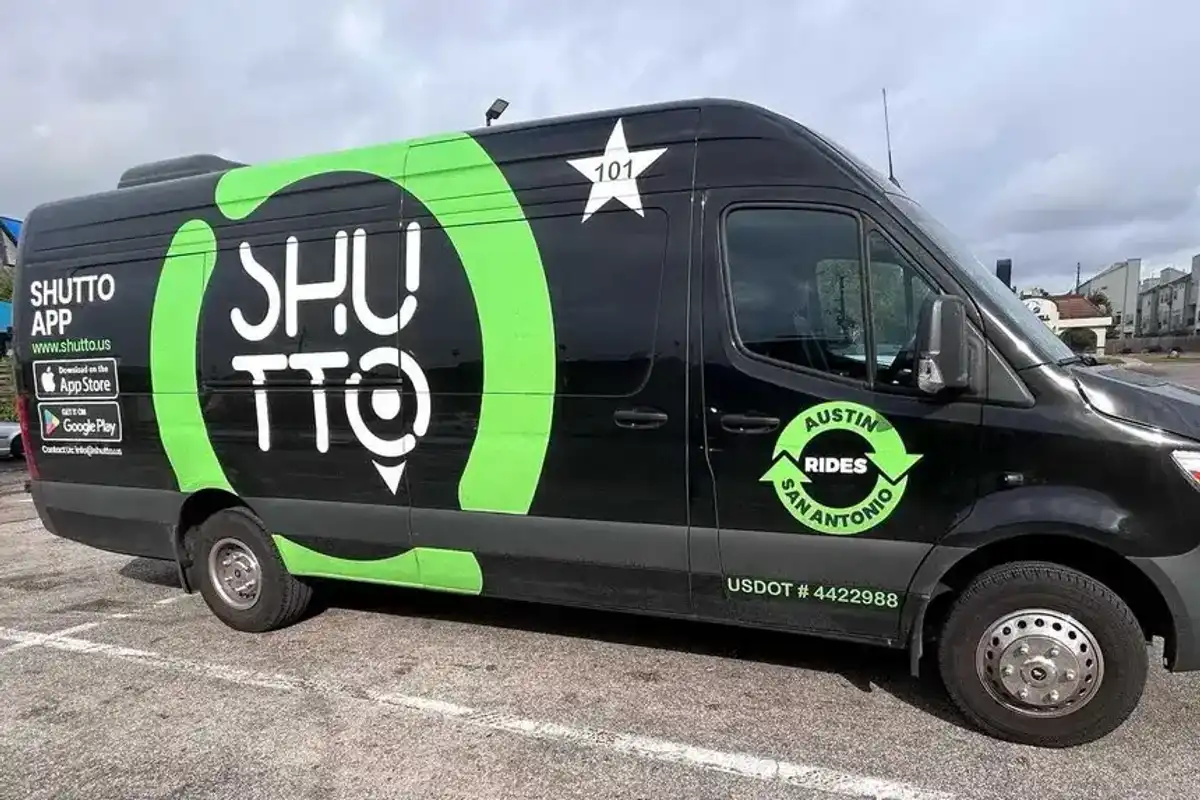Houston medical institutions launch $6M kidney research incubator
NIH funding
Institutions within Houston’s Texas Medical Center have launched the Houston Area Incubator for Kidney, Urologic and Hematologic Research Training (HAI-KUH) program. The incubator will be backed by $6.25 million over five years from the National Institutes of Health and aims to create a training pipeline for researchers.
HAI-KUH will include 58 investigators from Baylor College of Medicine, Texas Children’s Hospital, the University of Texas Health Science Center at Houston, University of Houston, Houston Methodist Research Institute, MD Anderson Cancer Center, Rice University and Texas A&M University Institute of Biosciences and Technology. The program will fund six predoctoral students and six postdoctoral associates. Trainees will receive support in scientific research, professional development and networking.
According to the organizations, Houston has a high burden of kidney diseases, hypertension, sickle cell disease and other nonmalignant hematologic conditions. HAI-KUH will work to improve the health of patients by building a strong scientific workforce that leverages the team's biomedical research resources to develop research skills of students and trainees and prepare them for sustained and impactful careers. The funding comes through the National Institute of Diabetes and Digestive and Kidney Diseases.
The principal investigators of the project include Dr. Alison Bertuch, professor of pediatric oncology and molecular and human genetics at BCM; Peter Doris, professor and director of the Institute of Molecular Medicine Center for Human Genetics at UT Health; and Margaret Goodell, professor and chair of the Department of Molecular and Cellular Biology at Baylor.
“This new award provides unique collaborative training experiences that extend beyond the outstanding kidney, urology, and hematology research going on in the Texas Medical Center,” Doris said in a news release. “In conceiving this award, the National Institute of Diabetes and Digestive and Kidney Diseases envisioned trainee development across the full spectrum of skills required for professional success.”
Jeffrey Rimer, a professor of Chemical Engineering, is a core investigator on the project and program director at UH. Rimer is known for his breakthroughs in using innovative methods in control crystals to help treat malaria and kidney stones. Other co-investigators include Dr. Wolfgang Winkelmeyer (Baylor), Oleh Pochynyuk (UTHealth), Dr. Rose Khavari (Houston Methodist) and Pamela Wenzel (UT Health).
“This new NIH-sponsored training program will enable us to recruit talented students and postdocs to work on these challenging areas of research,” Rimer added in a release.

 Tim Boire is the CEO and co-founder of VenoStent. Photo via LinkedIn
Tim Boire is the CEO and co-founder of VenoStent. Photo via LinkedIn




